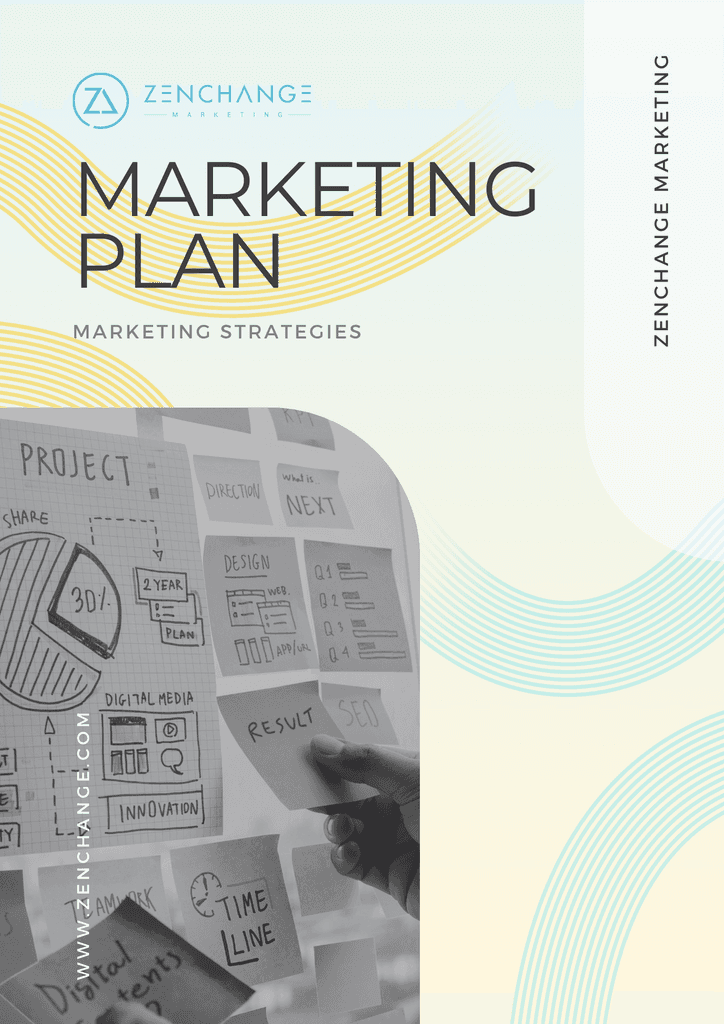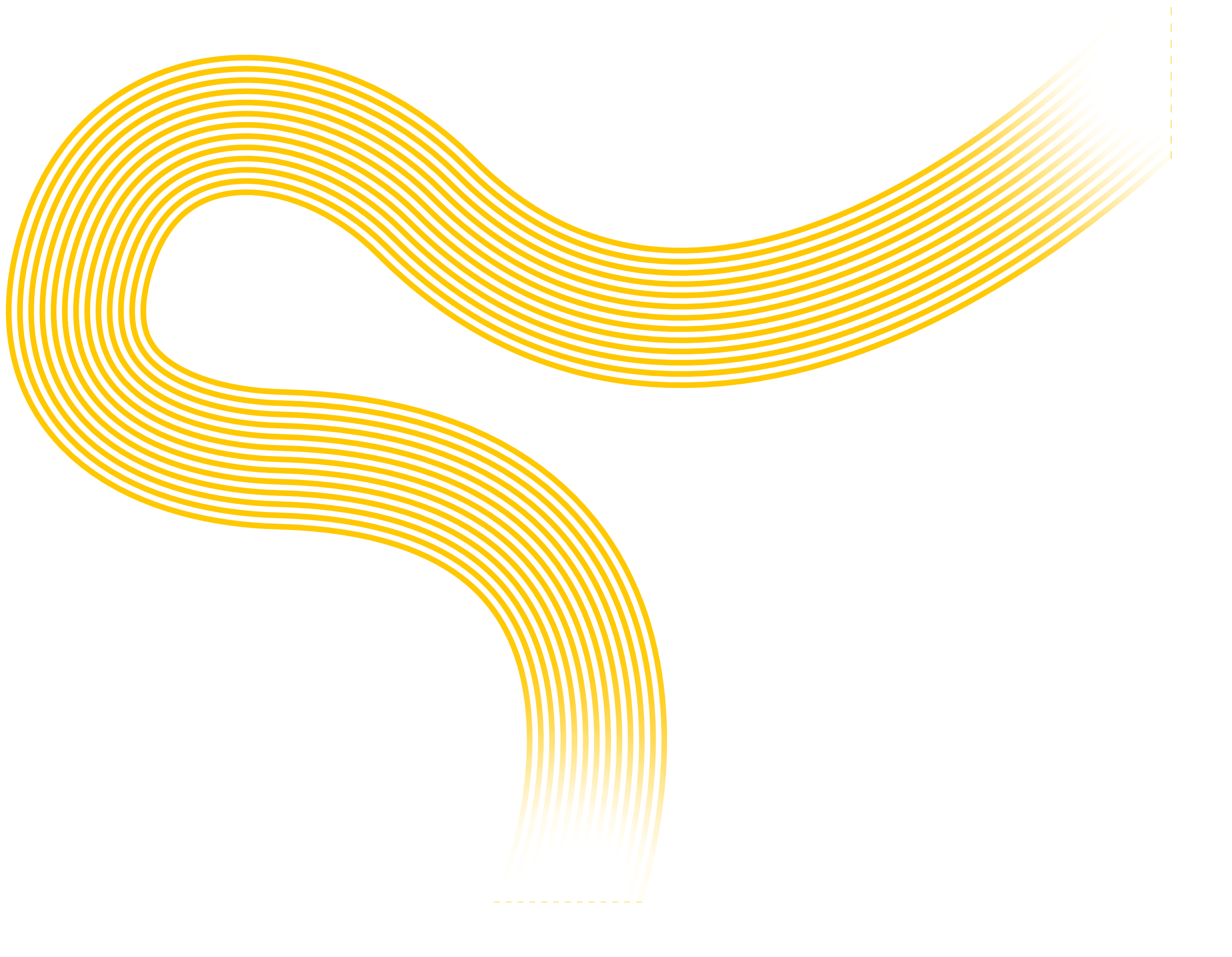Human-Centered Design: Should I Hire a Website Designer for My Business?
ZenChange
·
Jan 14, 2019
Any professional website designer knows that human intuition is a pretty accurate indicator of a website’s success. I can’t tell you how many “bad” websites I’ve come across during my time as an online marketing specialist, but it’s been a whole lot. Buttons that don’t click, contact information placed in the wrong spot, illogical organization—these characteristics all scream “bad,” and that’s exactly what people want to do when interacting with them: scream. In other words, if your business site is “user-friendly,” then your potential clients and customers—the people who make your business possible in the first place—will not click away out of frustration.
So the critical question is this: how do you know if your business website is one of the bad ones?
Many years ago, I worked in corporate America with a company that did consulting and custom applications for clients. We had this awesome design and testing center where our app designers would come up with their ideas and put them into practice. To test the apps, we would bring in some people—regular, everyday people who fit the target market of whichever client we were working on at the time—and we would put them in a room to play with the applications while my colleagues and I sat on the other side of a one-way mirror.
Sometimes the testing would go smoothly, and we wouldn’t have to change much on the application tools. But other times, my designer colleagues would be jumping up and down—sometimes even yelling—when the test subjects pushed the wrong button or didn’t seem to understand how the application worked.
But the truth is that our subjects weren’t to blame. It was just bad design.
Human-Centered Design
A few years ago, Vox Media produced a video on what they call “bad doors.” You know the ones—push doors with pull handles on them, doors that require a sign to tell you what to do to go through them. Called “Norman doors” after Don Norman, who literally wrote the book on bad door design, these doors do not make it easy to enter or exit a room. And it’s all because of their design.
Human-Centered Design seeks to solve the problem of poor design—for doors and thousands of other common items—using discoverability and feedback. Discoverability allows users to discover what something does just by looking at it. The principle takes intuition into account and makes functionality…well, intuitive. Feedback lets users know that a function of an object worked. For instance, think of the noise your computer mouse makes when you click on something—that sound did not get there by accident. That’s good design in action.
Using human-centered design for your business website is extremely important because if your users don’t understand how your site works, then you’re going to lose money.
A Smart Website Designer Focuses Above the Fold
Nearly everything that is human-made has design principles behind it. Even something as quotidian as the humble newspaper uses design to attract and keep people engaged. Without readers, newspapers couldn’t exist, which means that the writers and editors and printers need to capture and keep attention. Each headline has to convey information that gets people to read the opening or lead of the story it announces. But some stories are more important—from a marketing perspective, at least—and whoever puts together and formats the newspaper has to put these stories where someone walking by a newsstand will be able to see them easily.
We call this “above the fold.”
Your website needs to think like a newspaper and ask questions: who are my readers and potential customers? Who is likely to buy from me? Because that is the ultimate goal of your website—to attract leads and make sales. Once you get someone to visit your website, you have about eight seconds to get their attention. That’s eight seconds to convince them that you might be able to help solve a problem that they have. You need to make sure that the information that is going to keep them from clicking away is the first thing they see.
Your most important information needs to be “above the fold” on your site for desktop as well as mobile users. People don’t like to scroll through websites. If what they are looking for is right in front of them when your site loads, they won’t have to. The design of your site needs to be human-centered.
Make Your Business Easy to Contact, Capture Visitor Info
To make a sale, your site needs to give your potential customers an easy way to get in touch with you. Your website designer should make your contact information obvious. Some of the companies I’ve helped to develop their websites have disagreed about this point, but I think it is critical to place your contact information at the top, middle, and bottom of each page. “It’s redundant,” they say. I say that people are inherently lazy. We are like water—we naturally take the path of least resistance. People click away for less than having to scroll through a page looking for contact info. Need a website designer who knows how to give your visitors an intuitive, engaging experience? Contact us today to learn how the ZenChange team can help!






